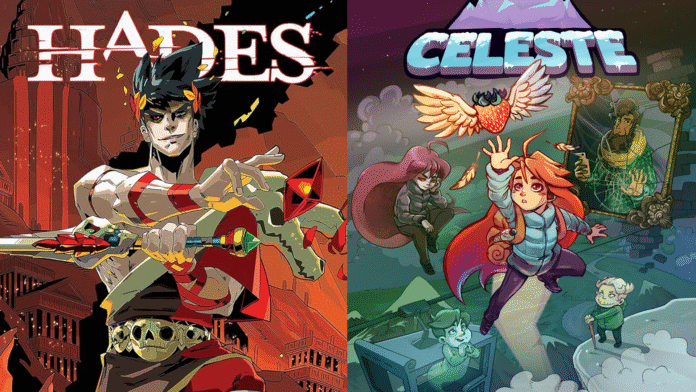Indie games have evolved from being niche projects into global sensations in the gaming space. Once seen as small passion projects, they are now considered limitless forces that popularized unmatched creativity and innovation. In fact, projections indicate that the market share of indie games will continue to grow, with global value estimated to reach $1.5 billion this year.
They also rival big studios — and outperform them at times. And beyond the competition, some big-budget games even take inspiration from indie ones nowadays.
Two standout examples are Hades and Celeste. Both titles have recorded millions in sales globally, proving that success is not limited to AAA titles. Accordingly, this streamlined, in-depth case study explores how the two games achieved remarkable success.
Understanding Indie Games
Generally, an independent or indie game is no different from any other title in the market. However, the distinction lies in the fact that indie games are designed by solo developers or small teams. They typically lack direct financial backing from major game publishers.
Breaking Boundaries
The indie game industry is known for experimentation and artistic expression. It is mostly unaffected by the constraints set by big publishers, which allows most indie developers to break free from conventions. They can explore fresh gameplay mechanics, diverse narratives, and a unique visual approach.
In line with this, Hades and Celeste stood out because of their storytelling and design.
Supergiant Games’ Hades combined fast-paced combat with rich characters and a striking narrative structure. Each death in the game pushed the story, revealing new pieces to players every time. It made failure part of the experience rather than a setback.
Meanwhile, Celeste by Maddy Makes Games took a minimalist approach. It used simple pixel art and tight platforming mechanics to deliver a deeply emotional story about overcoming anxiety and self-doubt.
Building Visibility
Unlike major studios, indie developers rarely have large marketing teams. That is why their promotion involves different game marketing strategies. They utilize social media, provide early access, join exhibitions, and leverage viral marketing.
As for Hades and Celeste, they found success by focusing on authentic engagement.
Hades focuses on maintaining transparency in the development process through an early access period. It helped gather player feedback to improve the game.
On the other hand, Celeste gained traction through word of mouth and support of indie-friendly game publishing platforms. Likewise, reviews from trusted critics and websites played a vital role in boosting visibility for such a small title.
Lessons for Indie Developers
Creating successful indie games does not necessarily require massive budgets and giant teams. Developers should focus on storytelling, community building, offering fresh concepts, and giving importance to player feedback. Hades and Celeste prove this. They demonstrate that independent titles can stand toe-to-toe with blockbuster games despite the huge gap in budget and workforce.
Note: This case study integrates knowledge from Davide Aversa, Inlingo, Lenovo, SDLC Corp, and TechNeeds to ensure depth and accuracy.
